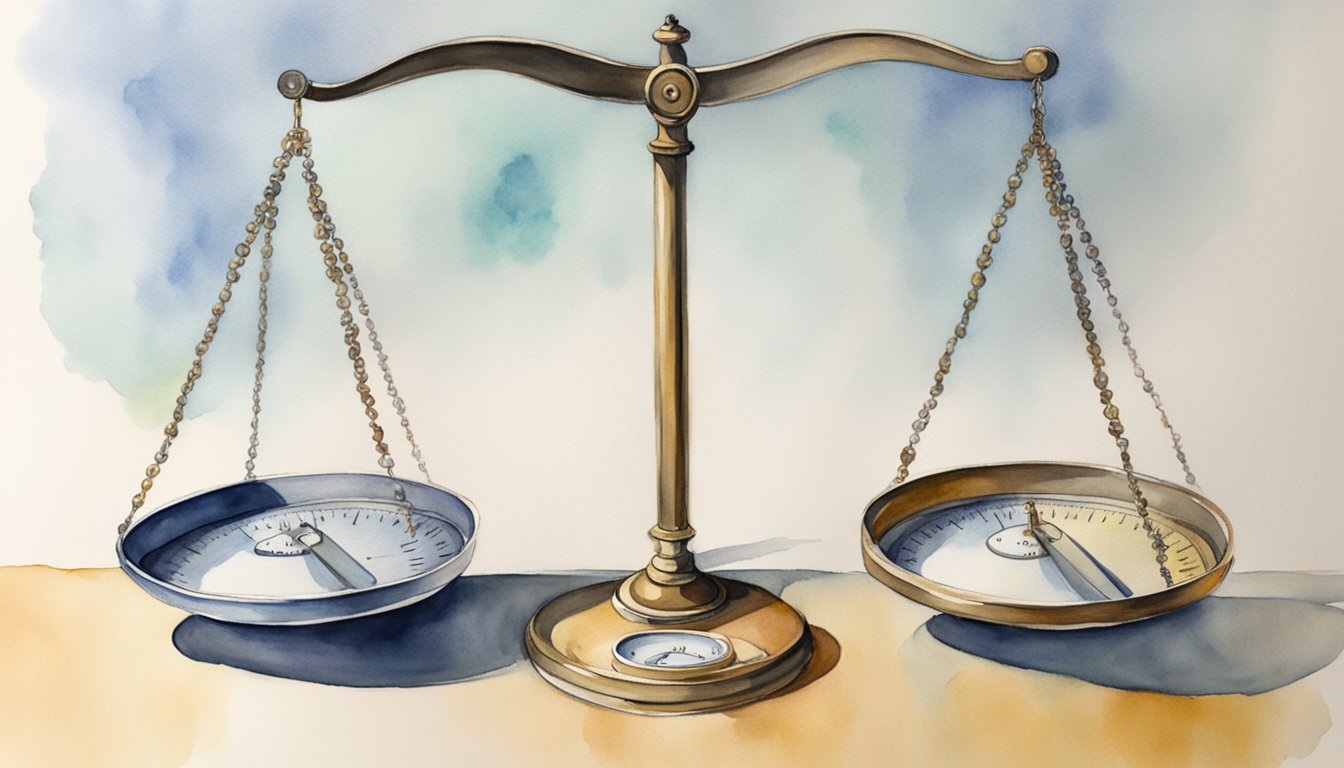Understanding Premium

A premium is a crucial concept in the insurance industry, affecting both parties in an insurance contract.
It influences economics, pricing, and the perceived value of the coverage provided.
Definition of Premium
A premium is the amount you pay to an insurance company to maintain your insurance coverage.
This payment can be made in installments, such as monthly or annually.
The insurance premium is a critical part of the contract between you and the insurer, ensuring that you receive the agreed-upon benefits.
Premium Significance in Economics
In economics, a premium often represents a higher price paid for better quality or added benefits.
For example, when you pay a higher rate for a premium product, you anticipate superior quality or additional services.
In the context of insurance, premiums help insurers manage risk and profitability.
Your annual premium provides the insurer with the funds necessary to cover potential claims and operational costs.
It also reflects the risk associated with providing the insurance, calculated based on various factors like age, health, and lifestyle.
The Role of Premium in Insurance
Premiums are central to the functioning of the insurance industry.
They determine the coverage you receive and the conditions of the policy.
For insurers, collecting premiums allows them to pool resources and payout claims when needed.
The amount of your premium impacts your rate and the value of the coverage you get.
Paying a higher premium might give you access to more comprehensive coverage or perks.
For example, some policies might offer lower deductibles or additional services making them more attractive despite the higher price.
Understanding how premiums work can help you make informed decisions about your insurance contracts and ensure you get the best value for your needs.
Practical Applications of Premium
![A modern office setting with computers and technology, showcasing the practical applications of [Keyword] Premium in action](https://insuranceglossary.net/wp-content/uploads/2025/03/v2-dbzdm-8heng.jpg)
Premium services and products offer superior quality and exceptional customer experiences.
This section explores various applications in different industries.
Premium Brands and Products
Premium brands focus on delivering high-quality products that exceed customer expectations.
These products often include fine wines, luxury cars, and quality electronics.
Premium gas and premium fuel are designed to enhance vehicle performance.
Luxury goods utilize exceptional quality materials and superior craftsmanship.
They attract customers willing to pay extra for added features and durability.
Premium products often come with better warranties and customer service.
The aim is to provide an experience that justifies the additional premium.
Premium in Consumer Services
Premium services in consumer sectors prioritize customer satisfaction.
For example, health insurance premiums offer comprehensive coverage and superior benefits.
This includes access to specialized doctors, shorter wait times, and exclusive treatments.
Customer services in the premium segment often involve professional and personalized attention.
Whether in hospitality, where premium services include five-star hotels and fine dining, or in professional services like consulting firms, the goal is to offer an exceptional experience.
Premium consumer services align with the expectations of discerning clients who value quality and expertise.
Financial Services and Premium
In financial services, premiums play a vital role.
Health insurance premiums, for instance, provide extensive coverage and superior medical care options.
Weighted average premiums help in calculating the cost-effectiveness of different insurance policies.
Additional premiums may offer extra benefits, such as lower deductibles or higher annual coverage limits.
For financial products, superior quality translates to better investment strategies and superior returns.
Financial advisors often recommend premium services for clients seeking customized solutions and expert guidance.
By focusing on providing value that justifies the cost, premium financial services ensure customer loyalty and satisfaction.
Premiums in this sector are indicators of superior service quality and better risk management.
Assessing the Value of Premium

Assessing the value of a premium involves understanding its components, market trends, and the potential costs and benefits.
This will help you determine if the premium aligns with your financial goals.
Comparative Analysis of Premium
When comparing premiums, it’s crucial to evaluate them against similar policies.
Look at policy coverage, price, and additional benefits to get a clear picture.
For example, a premium might offer a bonus or reward that another does not.
Consider the inducement offered by different providers.
This can include features like a free medical check-up or lower deductibles.
By comparing such inducements, you can determine which premium provides the best value for your needs.
Evaluating monthly versus annual instalment options can also highlight cost differences.
Market Trends Influencing Premium
Market trends can significantly affect the valuation of premiums.
For instance, economic shifts can lead to changes in rates.
An economic downturn might result in reduced prices for premiums, while a booming economy could see them increasing due to great demand.
It’s important to monitor these trends and understand how they impact the cost and value of your premiums.
Companies often adjust premiums based on the competitive landscape, aiming to offer better value or added rewards to attract customers.
Stay updated with market trends to make informed decisions.
Cost-Benefit Assessment of Premium
Conducting a cost-benefit analysis of premiums involves weighing the cost against the potential benefits.
Analyze the high value features of the premium, like comprehensive coverage or unique offers.
Assess if the higher price is justified by the benefits provided.
Sometimes, paying above par for a premium might be worth it if it includes substantial rewards or offers that you would otherwise have to pay for separately.
Evaluate whether the premium cost aligns with your budget and if the benefits justify the expense in the long run.
Frequently Asked Questions
This section addresses various aspects of the term “premium” across different contexts, particularly within the insurance industry, commercial transactions, and healthcare.
What does ‘premium’ signify in the context of commercial transactions?
In commercial transactions, “premium” often refers to an additional amount paid for a product or service.
This could be due to its superior quality, unique features, or scarcity.
How is a ‘premium’ commonly understood in the insurance industry?
In the insurance industry, a “premium” is the amount you pay to keep your insurance policy active.
It can be a monthly or annual payment to cover different types of insurance, such as health, life, auto, or homeowners’ insurance (Business Insider).
What does ‘premium’ entail in a healthcare or medical setting?
In healthcare, a “premium” is the regular payment you make to your health insurance company.
This ensures you maintain health coverage.
Premiums are generally paid monthly or annually (eHealth).
Can ‘premium’ imply a product or service of high quality, and if so, in what contexts?
Yes, “premium” can mean a high-quality product or service.
In contexts such as subscription services, “premium” often indicates access to exclusive features or superior service compared to the basic offering.
Could you provide an example of how ‘premium’ is used to convey value?
In auto insurance, a premium might be higher if it includes added benefits like roadside assistance, rental car coverage, or zero depreciation.
Paying this premium ensures you have broader coverage for your vehicle (Hippo).
What are the implications of a ‘premium’ term in financial agreements or services?
In financial services, a “premium” can also refer to the extra cost paid for investment portfolios or financial products that promise higher returns or come with added benefits.
This indicates a higher level of service or potential for greater profit.






